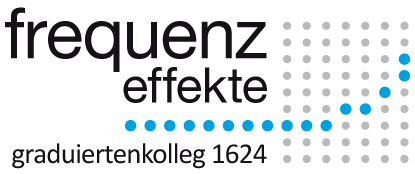General remarks on modelling
Despite the fact that it is relatively easy to operationalize the factor frequency (cf. Mair 2007 for corpus linguistics, Baayen 2008 and Gries 2008 for quantitative speech analyses), modelling frequency is anything but an easy undertaking for linguists. After all, all we can observe are correlations between the (relative) frequency of a linguistic unit, as approximated in electronic corpora and/or simulated in experiments, and certain properties of its processing, acquisition, or change over time. Thus, for the purposes of modelling, the usage-based and connectionist models mentioned above seem ideally suited. All of these models are based on the assumption of entrenchment, i.e. the idea that habit-formation and routinization solely result from recurrently made experiences.
In other words, the linguistic theories informing this RTG take language to be an emergent dynamic phenomenon and a product of the interaction of our cognitive system with our linguistic environment (cf. e.g. Hawkins 2004, Christiansen/Chater 2008, MacWhinney 2006). On the one hand, speech events and their frequencies influence the linguistic knowledge which adults have acquired in the course of their childhood and which allows them to produce and process language. Grammar and our capacity for speech processing are thus clearly sensitive to the distributional properties of language and its use (Bybee 2006, 2007). On the other hand, the properties of our cognitive system determine the structures of languages via, for example, constraints and trajectories of possible states or developments (cf. connectionist and psychological studies by Christiansen/Dale/Ellefson/Conway 2002).


